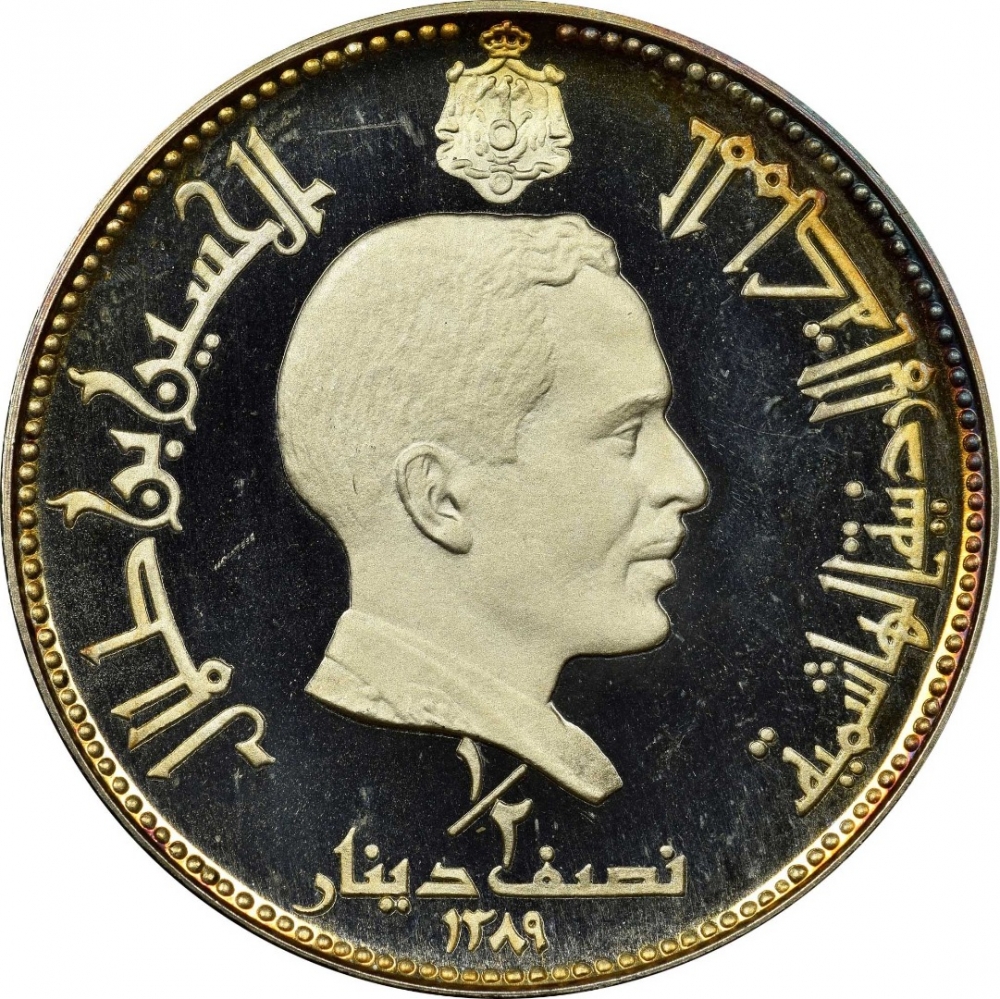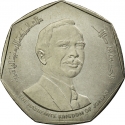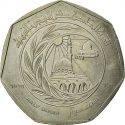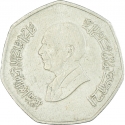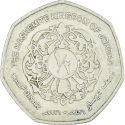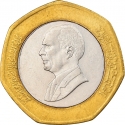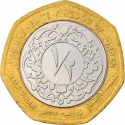You are about to finish your registration. Please check your mailbox (including spam folder). There should be a letter with a confirmation link. Check setting to make sure that your e-mail address is correct.
Send letter againDescription
Qasr Harrana, also known by various names including Qasr al-Kharana, Harana, and Qasr al-Harrana, stands as one of the renowned desert castles situated in present-day eastern Jordan, approximately 60 kilometers (37 mi) east of Amman and close to the Saudi Arabian border. The exact construction date of the palace remains uncertain, but it is believed to have its origins in the Umayyad Dynasty, with an inscription on an upper wall suggesting a pre-710 CE origin. There are suggestions of a prior Greek or Byzantine structure at the site. The purpose of the building has sparked debate among scholars, with theories ranging from a Crusader's castle to a military stronghold, agricultural outpost, or a resting place for caravan travelers. The prevailing scholarly view is that it served as a meeting point for local Bedouin leaders.
Hussein bin Talal (1935–1999) was King of Jordan from the abdication of his father, King Talal, in 1952, until his death. Hussein's rule extended through the Cold War and four decades of Arab–Israeli conflict.
Obverse

|
Depicts a bust of Hussein bin Talal, encircled by the inscriptions "Hussein bin Talal" and "King of the Hashemite Kingdom of Jordan," with the denomination written in Arabic numerals and letters, along with the date in Hijri format below. Positioned above is the coat of arms of Jordan. الحسين بن طلال |
|---|---|
Reverse

|
Depicts an outer view of Qasr Kharana (Al Harraneh Palace) with its name below inside a circle surrounded by the country name above, the value in English numerals and letters with the date in Gregorian below in front of net design. THE HASHEMITE KINGDOM OF JORDAN |
| Edge |
